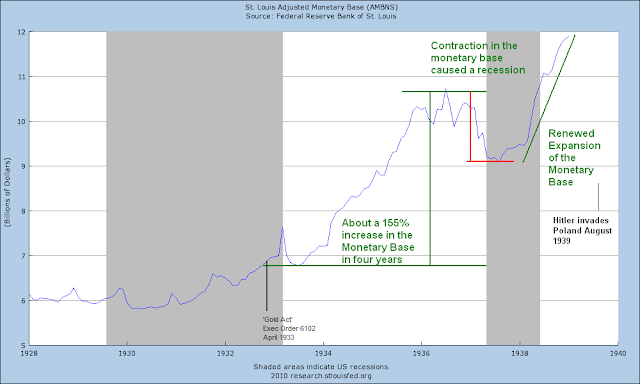Last night gold broke down to tag our 30% correction objective (about 9 PM EST) which is just shy of 1710 spot, and then turned around and moved higher. Gold and silver were actually reasonably resilient most of today even as stocks moved lower led by the SP.
There was a rather interesting story in Der Spiegel today, reporting that a Federal Court has ordered the Bundesbank to undertake thorough audits of German gold, including the gold held in London and New York. They may bring back 50 tonnes or so to verify it more closely. Rechnungshof fordert Inventur der Goldreserven. Here is a translation courtesy of my friend Peter.
Der Spiegel
BundesbankRechnungshof demands inventory of the gold reserves
22 October 2012
Berlin - Germany's gold is safely kept in Central Bank vaults in Frankfurt am Main, New York, Paris and London. Apparently, nobody has verified that. The German General Accounting Office has now demanded a regular review and inventory of the huge gold reserves abroad by the Bundesbank.
The Auditors justified this in a report to the Budget Committee of the Bundestag on Monday citing the "high value of the gold reserves". The German gold reserves stored at other banks have never been audited by the Bundesbank itself, or by other independent auditors, that is, "physically tabulated and with their authenticity and weight verified." Indeed, numerous conspiracy theories abide on the topic -- the US gold reserves in Fort Knox were taken a long time ago.
The Bundesbank has, after the United States, the second largest gold reserves in the world. At the end of 2011 it was 3396 tons worth 133 billion euros. After the soaring of price of gold, it should be realistically even about 142 billion euros. The gold bars are kept by the Bundesbank in safes in Frankfurt am Main and three storage places abroad: at the US Federal Reserve (Fed) in New York, the French National Bank in Paris, and the Bank of England in London.
Bundesbank is retrieving tons of gold from New York
The Court of Auditors has to ascertain, on behalf of the Bundestag, whether the Bundesbank is precisely scrutinizing the gold it is storing abroad. It is controversial whether the practice by the Bundesbank for years is sufficient, to only rely on a written confirmation as to the gold bars by the foreign central banks.
The Court of Auditors therefore recommends that the Bundesbank negotiate a right to the physical examination of stocks with the three foreign banks. With the implementation of this recommendation the Bundesbank started according to the report. Also the bank has decided in the next three years to bring to Germany 50 tonnes of gold these from the Fed in New York, to make a detailed examination here. The report contains speculation in several passages. So is not clear from the paper, how much gold is exactly stored at which foreign Central Bank.
The bullion held at the Bundesbank headquarters consist of 82.857 bars, mostly stored in sealed containers with 50 bars each, which, according to the report, are kept in four separately sealed safes. A part of them (6183 ingot) are outsourced in the so-called gold Chamber being stored on open shelves in a separate safe. To secure the gold, according to the report: "The safes external shutter is double, the internal closures and the gold Chamber is under a triple lock. "
So what next? That's all anyone ever wants to know.
The handle target was touched in the overnight, but a few more tests to 'set it' would not be unlikely. And recall that a drop below that target is not a big deal, unless you are short term and highly leveraged, unless the spot price should happen to drop below the 50% correction level.
So let's see what happens.



































